Charcoal Toothpaste: Trendy, but is it good for you?
Quick take: Charcoal can scrub off some surface stains, but it’s abrasive, often fluoride‑free, and can leave dark residue in tiny cracks. That’s not the glow‑up you want for your enamel.[1]
What charcoal even is (and why it’s in your feed)
Activated charcoal is carbon heated until it’s super porous. Those pores bind stuff — great for filters, buzzy for “detox” — so brands tossed it into toothpaste hoping it would grab stains, too.[2]
Does it actually whiten?
- It can lift extrinsic stains (surface coffee and tea) because it’s abrasive.
- It does not bleach teeth like peroxide systems. Dental school guidance and reviews say charcoal pastes underperform hydrogen‑peroxide options and may be rough on enamel.[3][4]
The fine print dentists care about
- Abrasion risk: Over‑abrasive pastes thin enamel and boost sensitivity. Lab data show charcoal brushing can increase surface roughness — not the move if you want a smooth, stain‑resistant surface.[5]
- Residue in cracks and around restorations: Black particles can lodge in micro‑defects and crown or veneer margins, leaving gray edges.[6]
- Fluoride gap: Many charcoal picks skip fluoride. Fluoride is still the MVP for strengthening enamel and helping remineralize early decay.[7]
Red flag combo: Charcoal + daily use + no fluoride = higher long‑term risk with little upside.[8]
“But it made my teeth look brighter in two days…”
Short‑term, abrasion can burnish away surface stain, so you might see a quick bump. Long‑term, roughened enamel collects stain faster, sensitivity creeps up, and thinning enamel can make teeth look more yellow as dentin shows through.[9][10]
Smarter ways to whiten (without beefing with your enamel)
- Daily fluoride toothpaste. Boring, baseline, undefeated for decay prevention and enamel strength.[11]
- Peroxide‑based whitening. Strips, custom trays, or in‑office systems target intrinsic stains charcoal can’t touch.[12]
- Pro cleanings. Safely remove stain and restore that smooth feel.
TL;DR
- Harvard Health: safe in small doses, not for daily use; can darken edges and often lacks fluoride.[13]
- Penn Dental Medicine: limited evidence for whitening; concerns about abrasion, residue, and fluoride omission.[14]
- Lab studies: charcoal brushing increases surface roughness; whitening effect is modest and not superior to standard methods.[15][16]
- ADA trend watch: social buzz ≠ clinical proof; be skeptical of charcoal claims.[17]
Verdict
Charcoal toothpaste is more vibe than dental solution or strategy. If you love the aesthetic and insist on trying it, keep it occasional, use a standard fluoride paste for daily brushing, and avoid charcoal altogether if you have veneers, crowns, or sensitivity. If results matter, the winning stack is fluoride every day plus peroxide‑based whitening when you want lift. .[18][19][20]
Sources
- Harvard Health Publishing. “Is charcoal toothpaste safe for my teeth?” November 1, 2024.[1]
- Penn Dental Medicine. “Fact or Fiction: Does Charcoal Toothpaste Work Safely?” January 7, 2024.[2]
- Belleview Dental Associates. “Charcoal Toothpaste: Pros and Cons.”[3]
- BMC Oral Health (2025). “Effects of different charcoal‑containing whitening toothpastes on color and surface roughness…”[4]
- MDPI Materials (2024). “Optical, Mechanical, and Chemical Impact of Brushing with Activated Charcoal Toothpowder and Toothpaste on Dental Enamel: An In Vitro Evaluation.”[5]
- ADA News (2025). “Debunking dental trends.”[6]
Ready for safer whitening?
- Contact us for personalized advice and options: Lima Dental Group

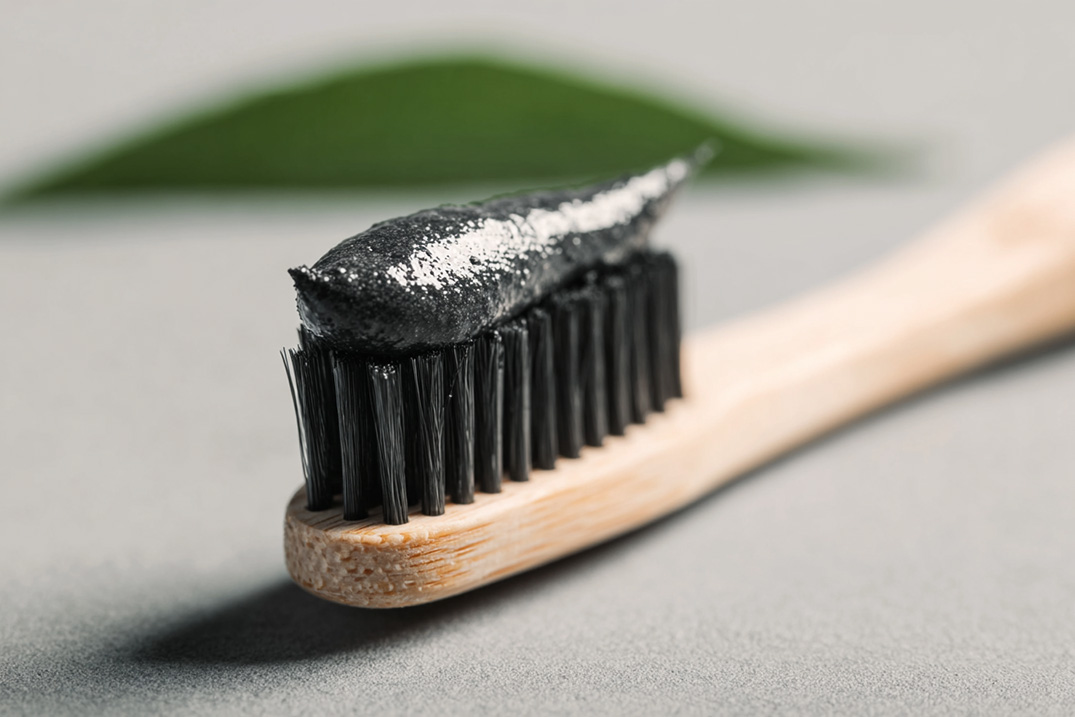

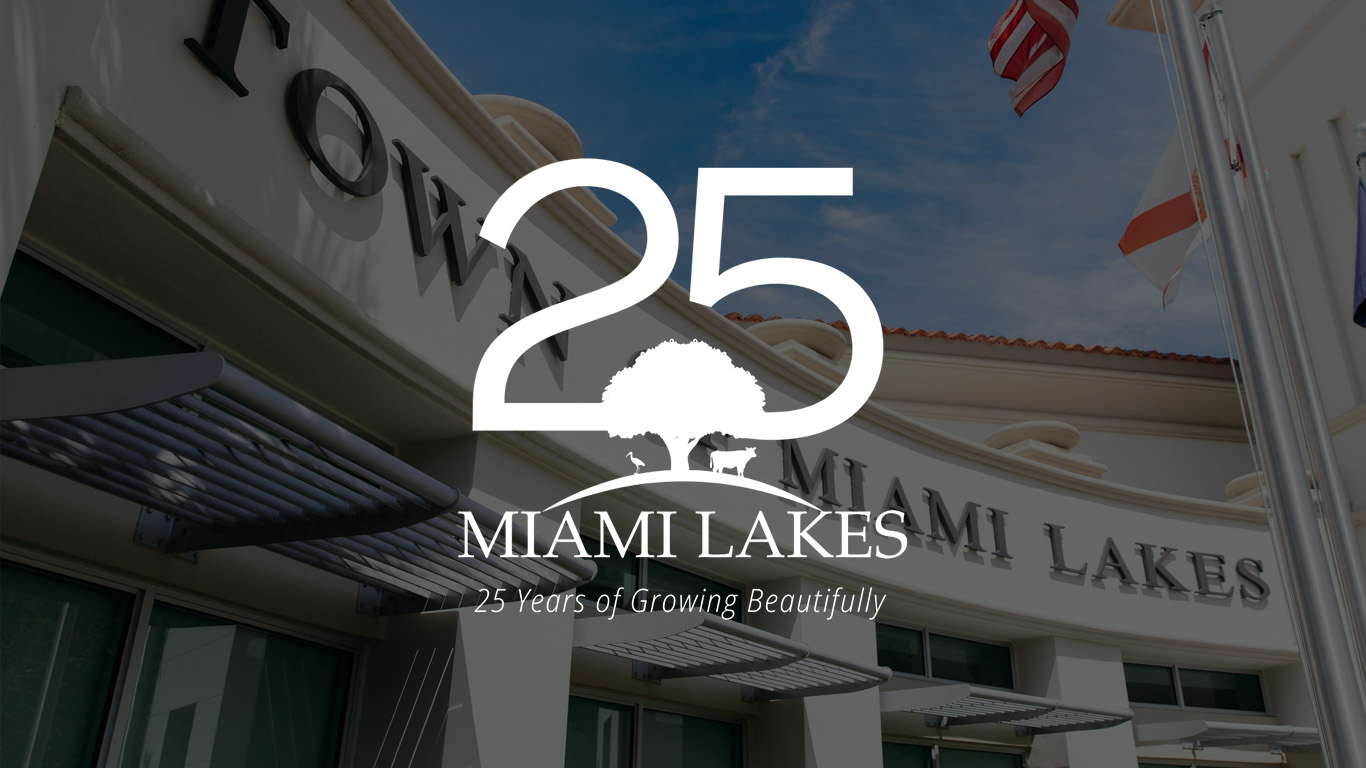
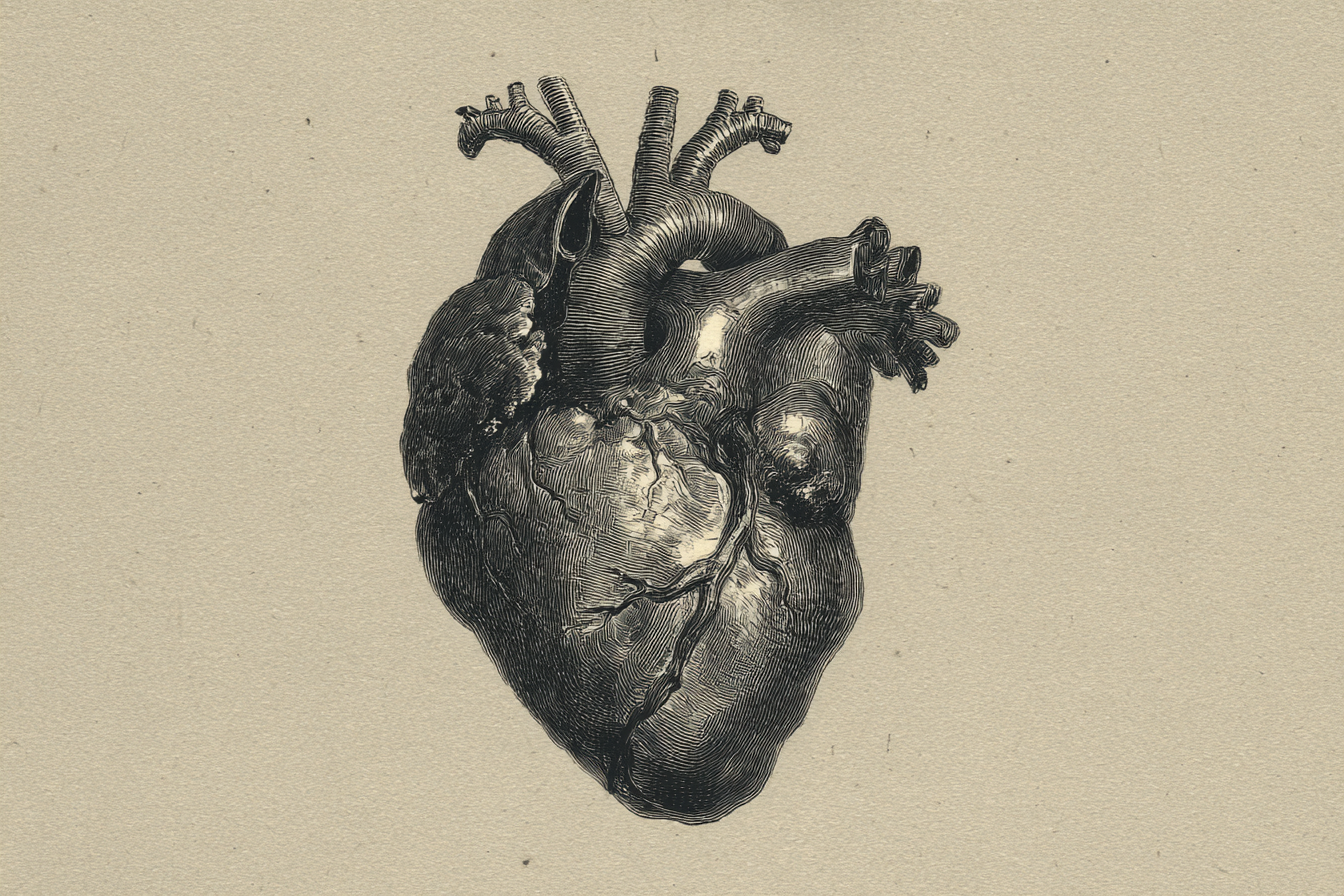
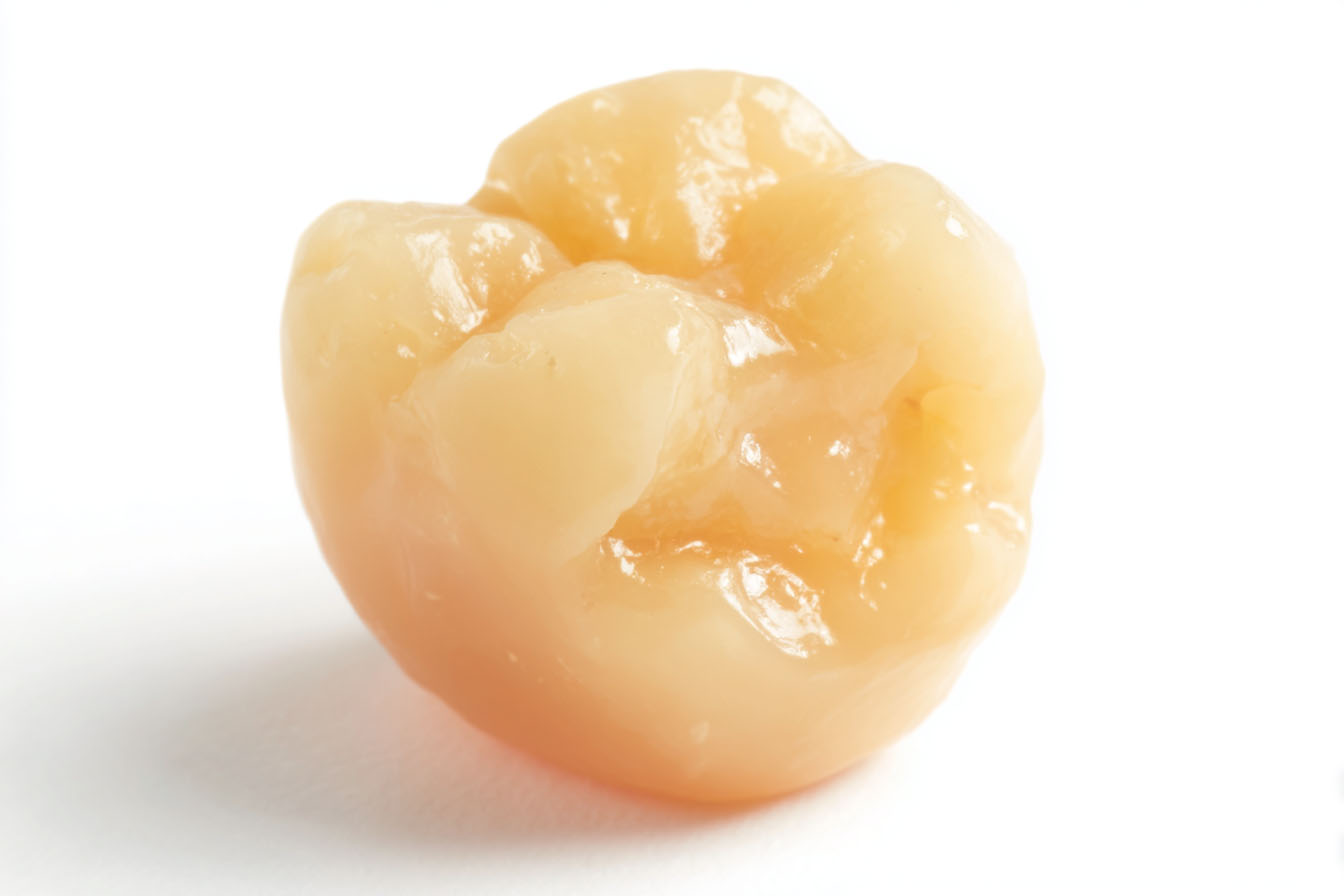
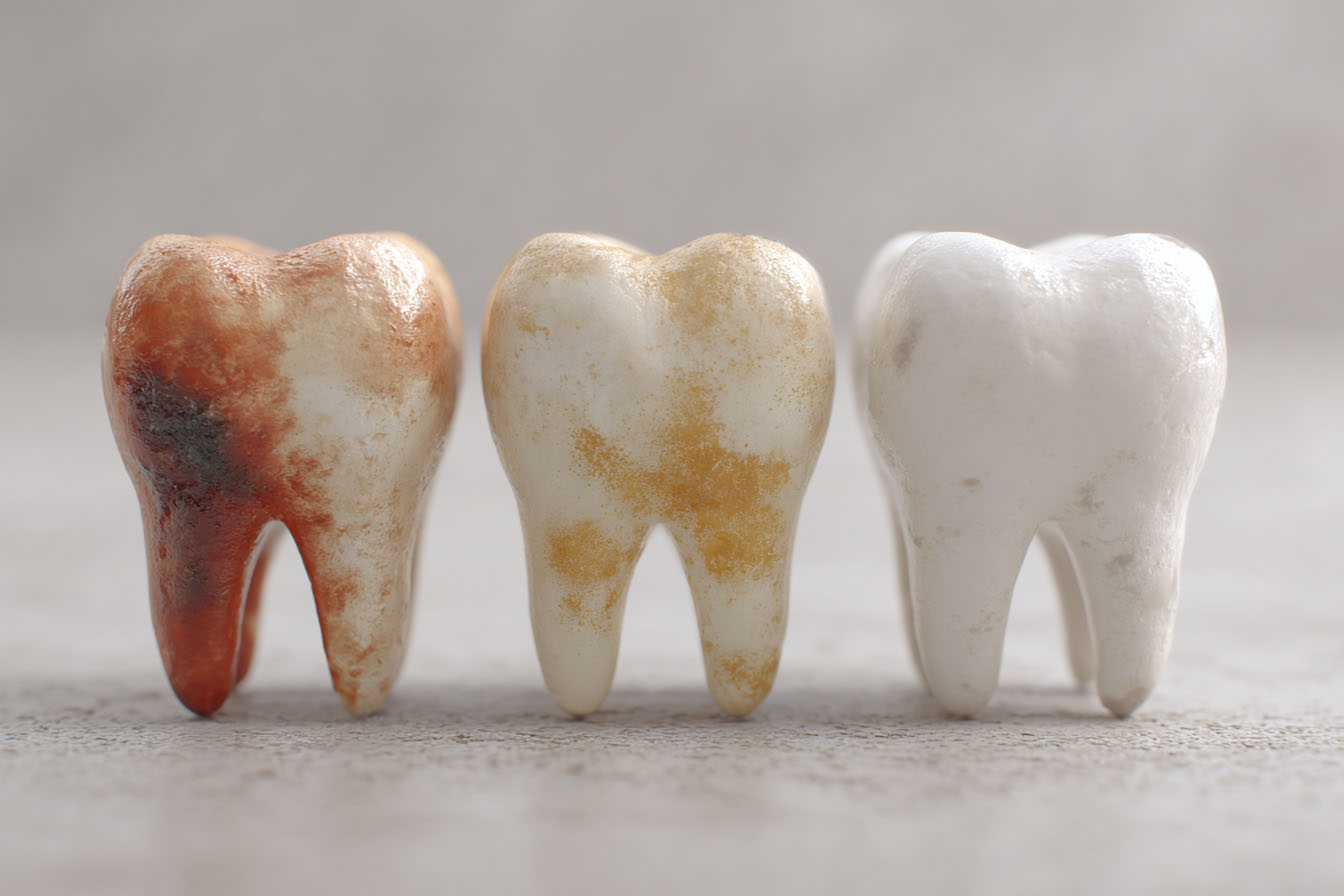
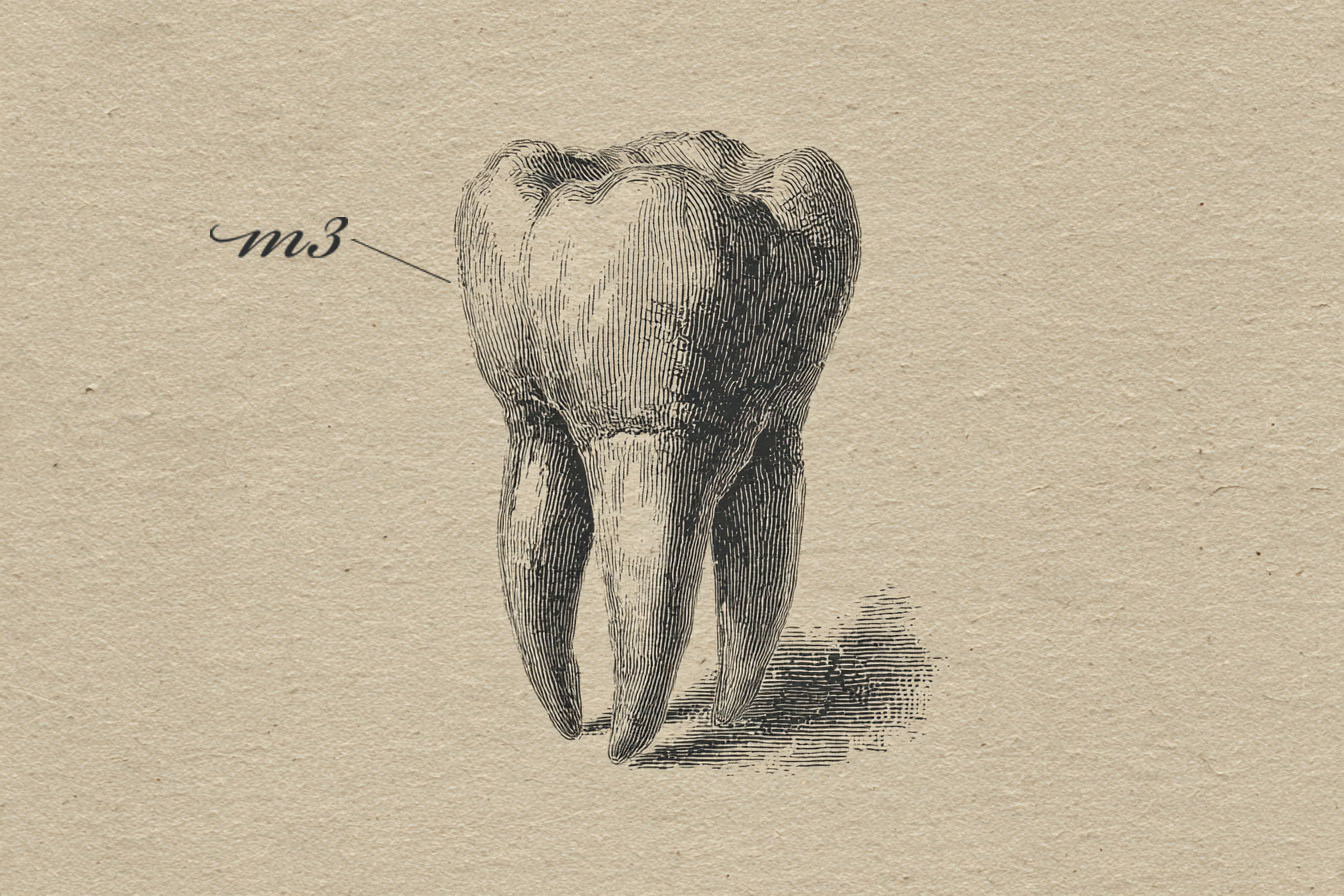

.png)



